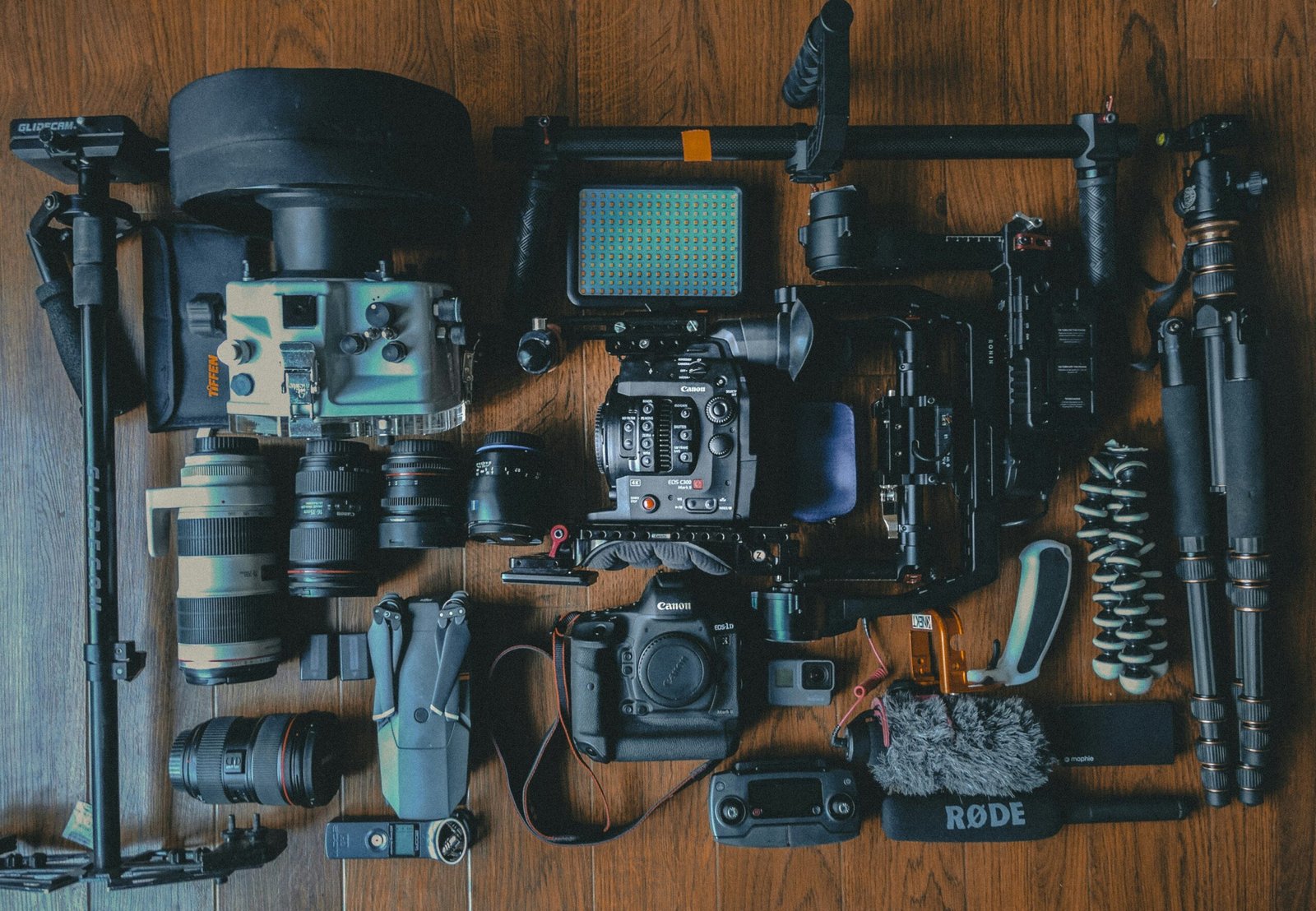Understanding the Basics of Travel Photography
Travel photography is an art form focused on capturing the essence of a location and the experiences it offers. The fundamental principles involve a harmonious blend of composition, lighting, and storytelling, each contributing to the overall impact of an image. One vital concept in composition is the rule of thirds. This guideline suggests dividing an image into nine equal segments and placing the subject along these lines or at their intersections. This technique creates balance and interest, leading to more engaging photographs that resonate with viewers.
Another significant aspect is the use of leading lines, which directs the viewer’s eye toward the subject or focal point of the photo. These lines can be natural, such as rivers or pathways, or architectural, like bridges and roads. Incorporating leading lines into travel photography not only enhances visual interest but also guides the viewer through the narrative you wish to convey.
Lighting remains one of the most crucial elements in travel photography. Natural light is particularly impactful, as it can add dimension and warmth to images. Photographers are encouraged to shoot during the golden hour, which occurs shortly after sunrise and before sunset. During these times, the soft, diffused light creates a pleasing atmosphere while minimizing harsh shadows, allowing for more captivating photographs.
Connecting with the subject is equally important in travel photography. This connection helps to breathe life into images, allowing them to tell a story. Whether it is a bustling market, a serene landscape, or a welcoming local, immersing oneself in the surroundings enhances the authenticity and emotional depth of the photographs. A successful travel photographer understands that each shot should not just be a representation of a place, but an invitation to experience its unique culture and beauty.
Essential Gear for Every Travel Photographer
When embarking on a journey into the world of travel photography, selecting the right gear is paramount to successfully capturing spectacular moments. Different types of cameras exist, and each offers unique features suitable for various photography styles. For many travelers, a Digital Single-Lens Reflex (DSLR) camera is a preferred choice due to its versatility and image quality. However, mirrorless cameras have rapidly gained popularity, offering compact designs while still delivering high performance. For those seeking a lightweight option, compact cameras are also available, providing impressive capabilities without the bulk.
Lenses play an equally significant role in travel photography, and determining which lens to bring can be challenging. A standard zoom lens, ranging from wide-angle to telephoto, allows for a broad range of shots, making it ideal for diverse travel conditions. Investing in prime lenses can also enhance image quality, particularly in low-light situations. Additionally, specialty lenses such as macro for close-up shots or fisheye for unique perspectives can expand creative possibilities when exploring new environments.
Alongside the camera and lenses, several accessories can elevate travel photography. A sturdy tripod is essential for stability, particularly in low-light scenarios or for long exposure shots. Filters, such as polarizing or graduated neutral density filters, can assist in managing glare and enhancing color saturation, which is especially useful when shooting landscapes. A reliable camera bag is crucial for safeguarding equipment during travels. Selecting a bag that balances comfort and accessibility ensures that photographers can easily retrieve their gear while remaining nimble on their journeys.
To travel light without sacrificing quality, photographers should carefully assess their personal preferences and travel styles. Prioritizing essential equipment while eliminating redundant items will streamline the photography experience. By identifying the right combination of gear tailored to one’s needs, travel photographers can capture stunning moments that encapsulate the essence of their adventures.
Techniques for Capturing Stunning Travel Shots
Travel photography is an art that requires a keen eye and a grasp of various techniques to transform ordinary moments into extraordinary images. One of the most impactful techniques in capturing breathtaking travel photos is the use of long exposure photography. This approach involves using a slow shutter speed to create a sense of motion in your images, perfect for capturing flowing waterfalls, bustling cityscapes at night, or the starry skies above remote locations. By utilizing a sturdy tripod and neutral density filters, photographers can extend exposure times while maintaining image clarity.
Another essential technique is manipulating depth of field. This involves adjusting the aperture setting to either isolate a subject from its surroundings or capture a vast landscape in sharp focus. For instance, a wide aperture (smaller f-number) will create a beautiful bokeh effect, emphasizing the main subject and providing a dreamlike quality to images. Conversely, a narrow aperture (higher f-number) ensures that more elements within the frame are in focus, which is ideal for scenic vistas. Understanding how to effectively use depth of field can significantly enhance the storytelling aspect of travel photography.
Candid moments, often deemed the heart of travel photography, can yield authentic depictions of culture and emotion. To capture these spontaneous instances, it is crucial to remain unobtrusive and ready to shoot at a moment’s notice. Patience and observation can lead to memorable photographs that transcend typical tourist experiences. When dealing with challenging conditions, such as low light or harsh sunlight, employing a higher ISO setting, using fast lenses, or adapting your shooting times to capture the soft light of dawn or dusk can greatly improve results. By integrating these techniques into your approach, you will master the art of capturing stunning travel shots that resonate with viewers.
Post-Processing and Sharing Your Travel Photos
Post-processing plays a significant role in enhancing travel photography, transforming the raw images captured during your adventures into visually striking representations of your experiences. When engaging in post-processing, it is essential to select the appropriate editing software that aligns with your skill level and needs. Popular tools include Adobe Lightroom, Photoshop, and Capture One, each offering unique features that cater to various editing styles and complexities.
Basic editing techniques involve adjustments to exposure, contrast, color balance, and sharpness. These alterations can significantly impact the emotional tone conveyed in your photographs. Cropping and straightening can also help in emphasizing your subject, while applying filters or presets can create a cohesive look across your portfolio, aiding in the development of a consistent style. This stylistic consistency is vital for travel photographers, as it allows viewers to connect with your work on a deeper level, reflecting your unique perspective.
Once you have fine-tuned your images, sharing them online becomes the next important step. The choice of platform can influence the visibility and reach of your photography. Social media sites like Instagram, Pinterest, and Facebook are popular options, while dedicated photography platforms such as 500px or Flickr allow for a more focused audience. When sharing your photos, consider pairing each image with engaging captions that offer context or tell a story. This approach not only captures the viewer’s attention but also provides insight into the scenes you encountered during your travels.
Ultimately, mastering post-processing and sharing techniques will help you showcase your travel photos in a polished manner, enhancing their appeal and impact while allowing your audience to engage with your journey. Taking the time to refine both your editing skills and sharing strategies will empower you to represent your travel experiences in a visually stunning way.


